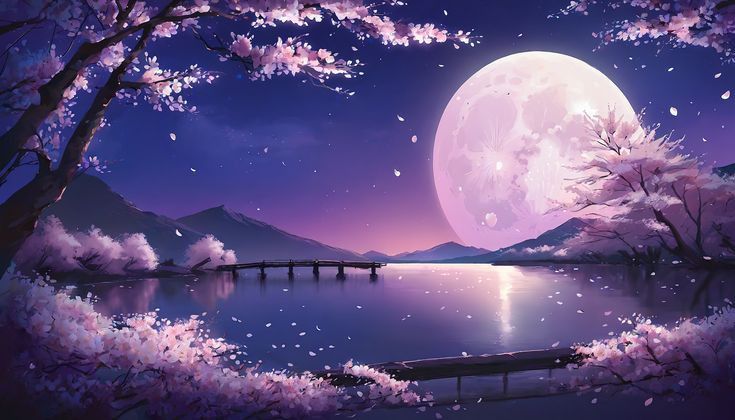The universe is vast and full of wonders, but one of the most fascinating parts of it is our own solar system. At the heart of this cosmic family are the planets — giant balls of rock, gas, and ice that orbit the sun. Each planet is unique, with its own climate, moons, surface, and secrets.
Let’s take a journey through space and discover the magic of the planets.
1. What Is a Planet?
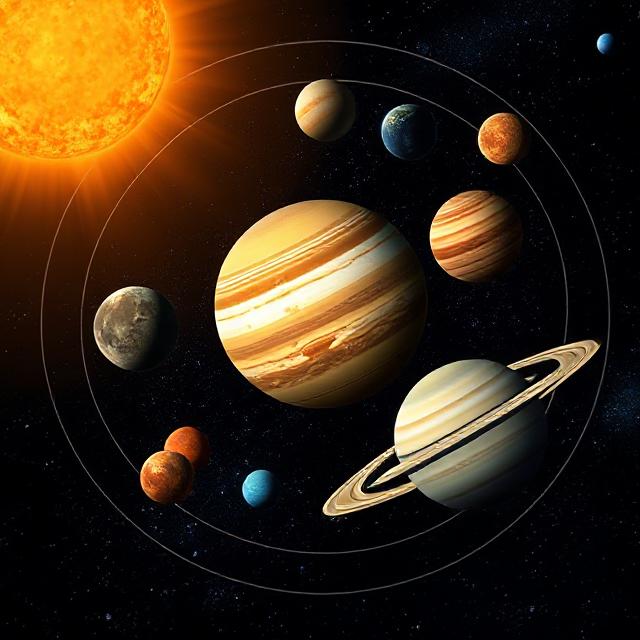
A planet is a large object that orbits a star (like our Sun), has enough gravity to form a round shape, and has cleared its path of other objects. There are eight main planets in our solar system, and they are divided into two groups:
-
Terrestrial planets: Mercury, Venus, Earth, Mars (rocky surfaces)
-
Gas giants and ice giants: Jupiter, Saturn, Uranus, Neptune
Planets do not produce light — they reflect the Sun’s light, which is why we can see them from Earth.
2. Mercury: The Smallest and Fastest
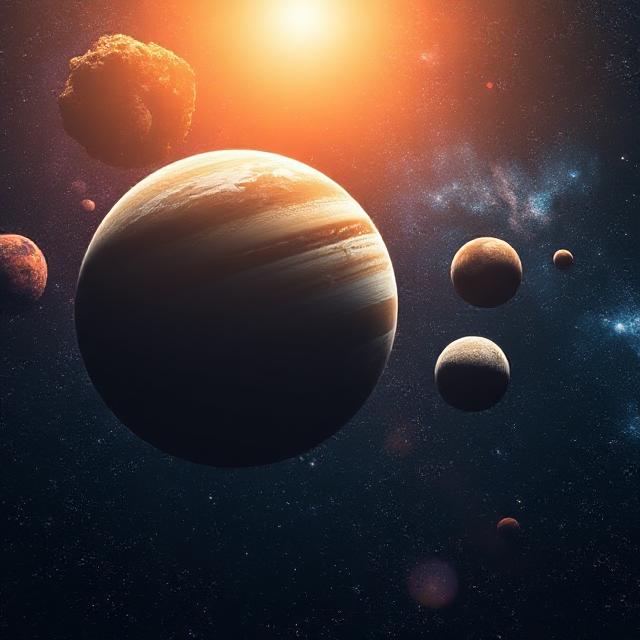
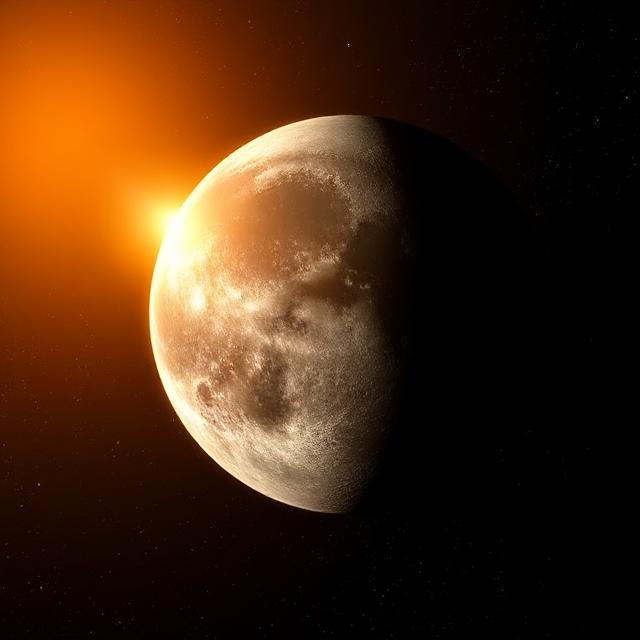
Mercury is the closest planet to the Sun and the smallest in the solar system. It moves quickly around the Sun — a year on Mercury is just 88 Earth days.
-
No atmosphere to hold heat
-
Very hot during the day, freezing at night
-
Covered in craters and rocky plains
Because it’s so close to the Sun, it’s difficult to see with the naked eye.
3. Venus: Earth’s Hot and Cloudy Twin
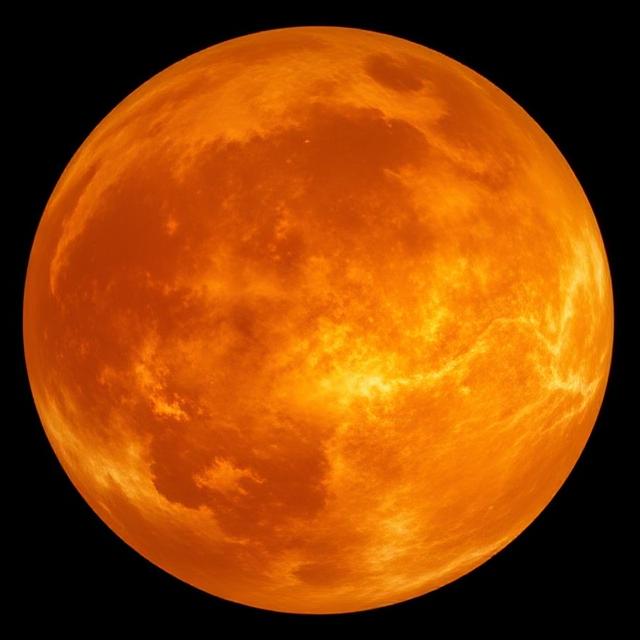
Venus is similar in size to Earth but has a thick, toxic atmosphere that traps heat. It’s the hottest planet in our solar system, even hotter than Mercury!
-
Covered with volcanoes and clouds of sulfuric acid
-
Rotates very slowly — a day on Venus is longer than its year
-
Known as the “Evening Star” or “Morning Star”
Despite its beauty, Venus is not a friendly place for life.
4. Earth: Our Beautiful Blue Planet

Earth is the only planet known to support life. It’s rich in water, oxygen, and a mild climate — all thanks to its perfect distance from the Sun.
-
70% of its surface is water
-
Has one moon
-
Supports millions of species, including humans!
Our planet has everything we need to live — air, food, and protection from harmful space radiation.
5. Mars: The Red Planet
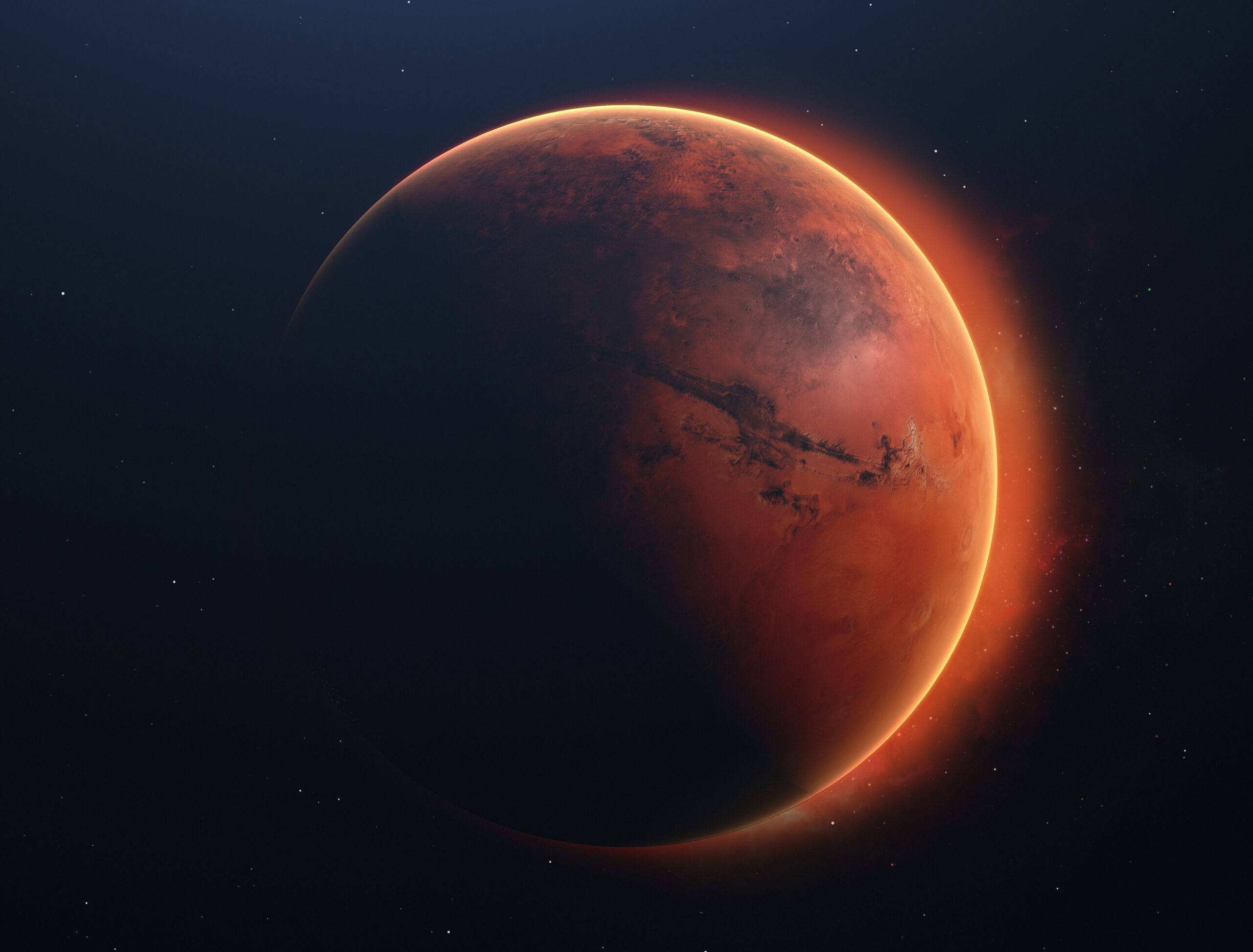
Mars is cold, dry, and covered in red dust. It’s one of the most explored planets, and many scientists believe it may have once had water — and possibly life.
-
Home to Olympus Mons (tallest volcano) and Valles Marineris (deep canyon)
-
Has two small moons: Phobos and Deimos
-
NASA has sent rovers like Curiosity and Perseverance to study it
Mars is a top candidate for future human missions.
6. The Giants: Jupiter, Saturn, Uranus, Neptune
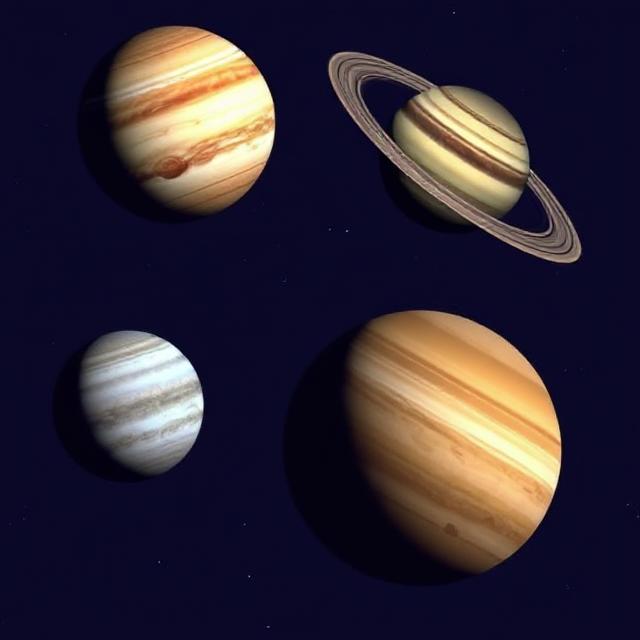
These four planets are known for their size, beauty, and mysterious atmospheres.
Jupiter
-
The largest planet
-
Famous for its Great Red Spot (a giant storm)
-
Has at least 95 moons
Saturn
-
Known for its stunning rings
-
A gas giant with over 140 moons
-
Light enough to float in water (if there were a big enough ocean!)
Uranus
-
Spins on its side
-
Has a bluish-green color due to methane
-
Known as an “ice giant”
Neptune
-
Farthest from the Sun
-
Deep blue color and fast winds
-
Has a storm called the “Great Dark Spot”
These outer planets are mostly made of gas and ice and don’t have solid surfaces like Earth.
7. Beyond the Planets: Dwarf Planets and More
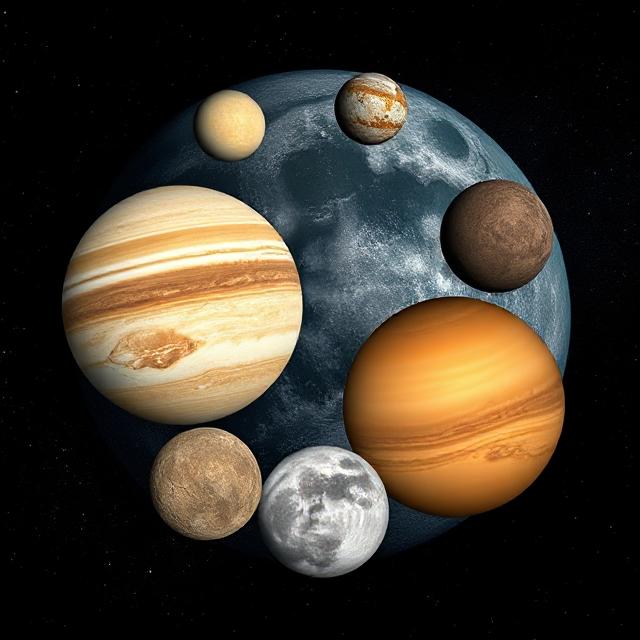
In addition to the eight main planets, there are dwarf planets like Pluto, Ceres, and Eris. These are smaller objects that orbit the Sun but don’t meet all the rules to be called full planets.
-
Pluto was once the ninth planet but was reclassified in 2006
-
Dwarf planets can be found in the asteroid belt or the Kuiper Belt
-
They’re part of the wider and fascinating solar system family
Space also contains moons, comets, asteroids, and many mysteries we haven’t discovered yet!
Conclusion
From rocky worlds like Mars to the swirling storms of Jupiter, each planet has its own story. Studying them helps us understand not only space but also our own planet better. Whether you’re a curious child, a space enthusiast, or someone who just loves to learn, the planets offer a universe of wonder.
So next time you look up at the night sky, remember — you’re looking into a world of possibilities.


